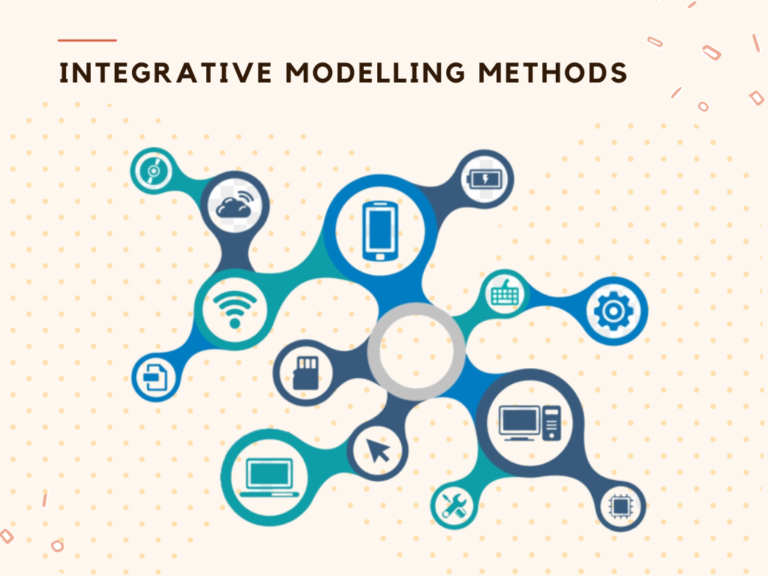
Home / Course Design / Integrative Modeling Methods
INTEGRATIVE MODELING APPROACHES
Certain modeling strategies and specific modeling techniques are useful for interdisciplinary work. These can be explicitly taught and figure in problem-design.

These methods are most suitable for....
Interactions
Mixed or single groups
Degree of Integration
Interdisciplinary
Problem structure
Open-ended or structured problems
Skill targets
Interdisciplinary problem-solving
What are Integrative Modeling Approaches?
These are a set of scientific modeling approaches which often serve as platforms for interdisciplinary interaction between natural scientists and engineers, and also sometimes social scientists. A problem task can be designed around one of these approaches. This helps scaffold interdisciplinary interaction for a known set of disciplines insofar as the relevant interdisciplinary approach is clear to students at the outset. They can also be taught to students as examples of approaches useful for combining disciplines generally which they could consider for a more open structured problem.
Types of Approach
-
Statistical Modeling
A statistical modeling approach (through something as straightforward for instance as a linear regression) can a be a useful relatively cross-disciplinary way to integrate data and variables from different disciplines. Disciplines provide variables and data, and students develop a statistical model which relates these. In this way for instance psychological data or other social science data might be related to say traffic data from civil engineering. A challenge is to ensure that the data does represent similar scales.
-
Integral Modeling
Integral modeling involves the use of a relatively generic modeling framework which is accessible to, and compatible with, different disciplines – in the sense that even if the framework is not strictly used within the discipline, background knowledge and expertise can supply what is necessary to produce a model. Two cases of this would be systems dynamic modeling and agent-based modeling. Systems dynamic models map causal relationships between variables. These models require sets of relevant variables and mathematical descriptions of their relationship, each which can be estimated using background expertise or other source of knowledge and investigation. Agent-based models requires sets of rules on agent behaviour, which again can come from different disciplines.
-
Modular Model Coupling
It is common in interdisciplinary research to combine traditional disciplinary models when one model can supply input to another. For example when calculating the effect of climate change on the skiing industry it might be possible to plug a climate model (from climate science) into precipitation model (from snow science) to estimate the effect on snow fall, which can then be plugged into a consumer behaviour model (from economics). Scale can be a challenge given the need to make sure models are capable of feeding meaningful input to one another.
